Peace is not unity in similarity but unity in diversity, in the comparison and conciliation of differences
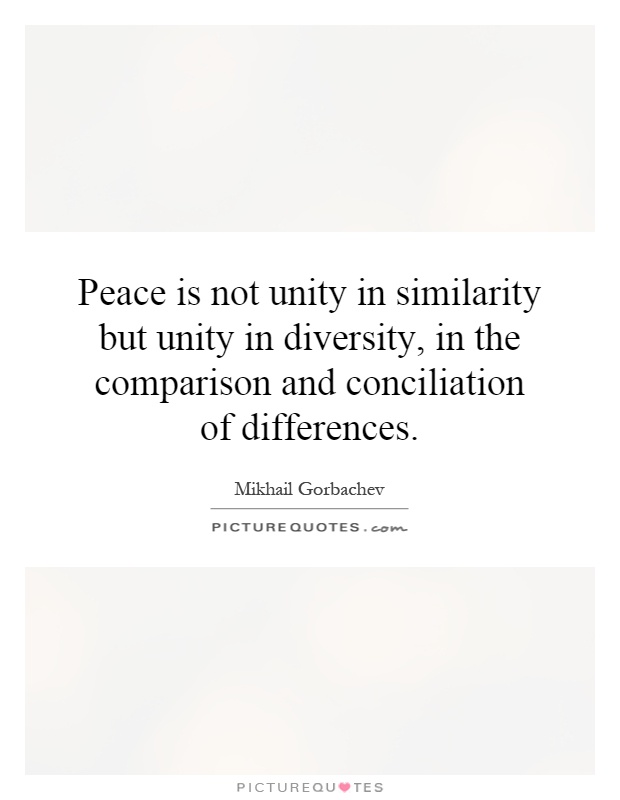
Peace is not unity in similarity but unity in diversity, in the comparison and conciliation of differences
Mikhail Gorbachev, the former leader of the Soviet Union, is a prime example of how peace can be achieved through embracing diversity and differences. Gorbachev's leadership style was characterized by his willingness to engage in dialogue with leaders from different countries and political ideologies, in order to find common ground and work towards peaceful resolutions.Gorbachev understood that peace is not about forcing everyone to think and act the same way, but rather about finding ways to coexist and collaborate despite our differences. He believed that true unity comes from recognizing and respecting the diversity of opinions, cultures, and beliefs that exist in the world.
During his time in office, Gorbachev implemented a series of reforms known as perestroika and glasnost, which aimed to open up the Soviet Union to the outside world and promote greater transparency and democracy. These reforms were met with resistance from hardliners within the Soviet government, but Gorbachev remained committed to his vision of a more open and inclusive society.
One of Gorbachev's most famous quotes is, "Peace is not unity in similarity but unity in diversity, in the comparison and conciliation of differences." This statement encapsulates his belief that true peace can only be achieved through embracing diversity and finding common ground with those who may have different perspectives.
Gorbachev's efforts to promote peace and cooperation on the world stage were recognized with the awarding of the Nobel Peace Prize in 1990. His willingness to engage in dialogue with leaders from the West, including US President Ronald Reagan, helped to thaw the Cold War and pave the way for greater cooperation between the two superpowers.

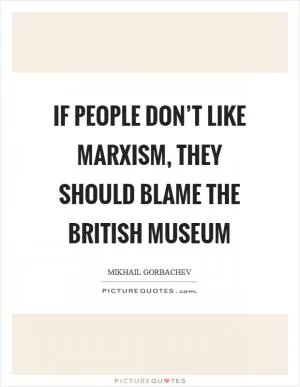

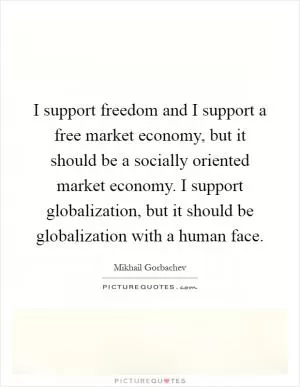



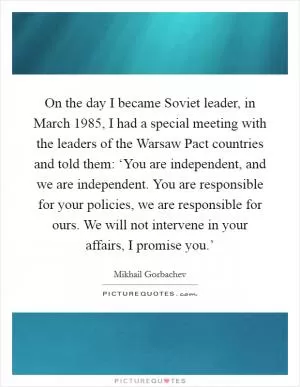
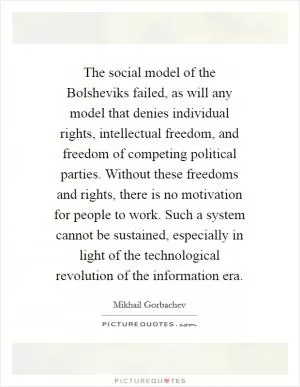
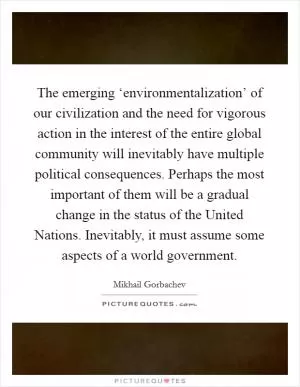
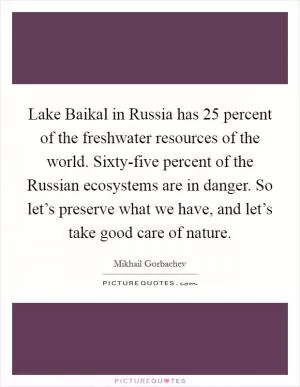

 Friendship Quotes
Friendship Quotes Love Quotes
Love Quotes Life Quotes
Life Quotes Funny Quotes
Funny Quotes Motivational Quotes
Motivational Quotes Inspirational Quotes
Inspirational Quotes